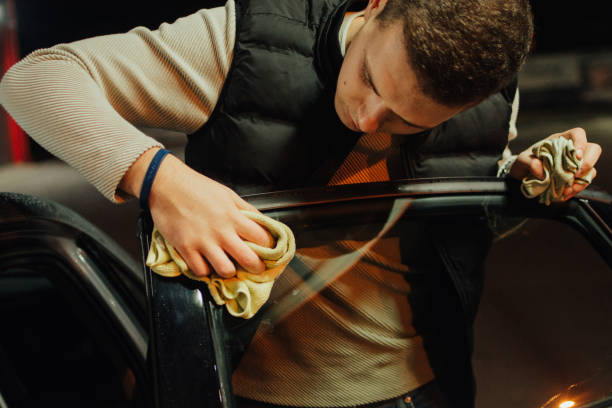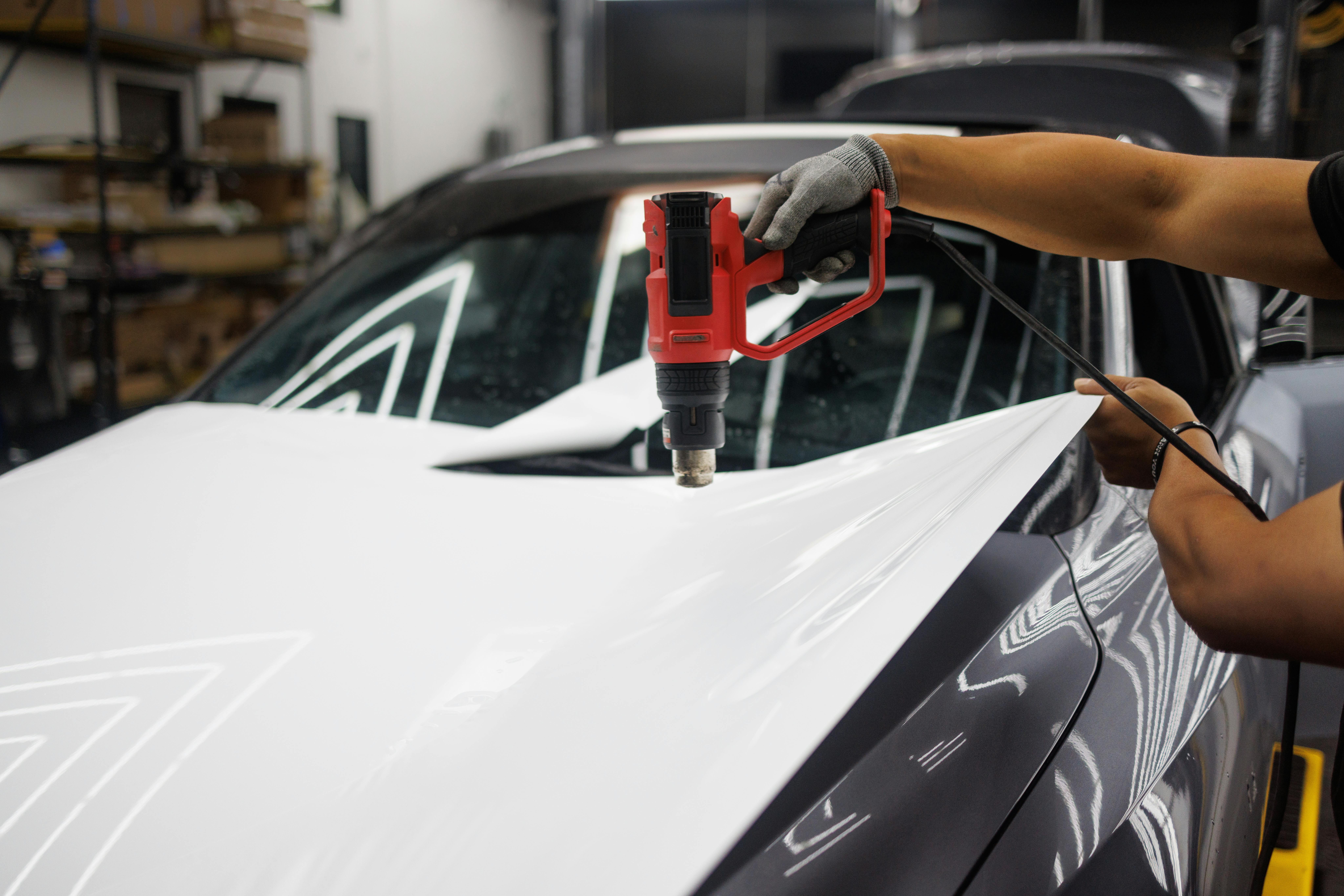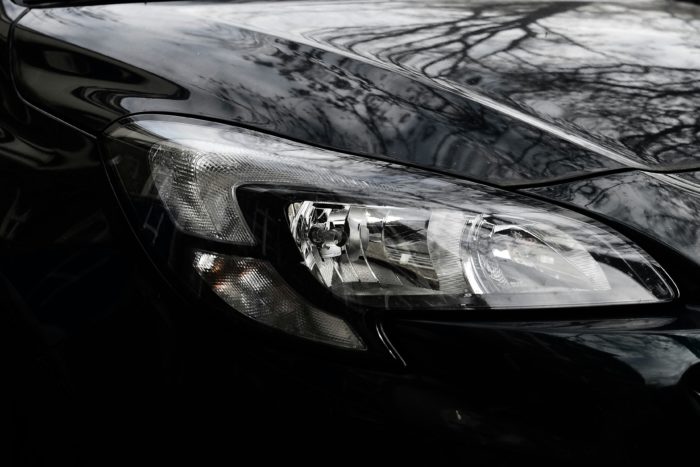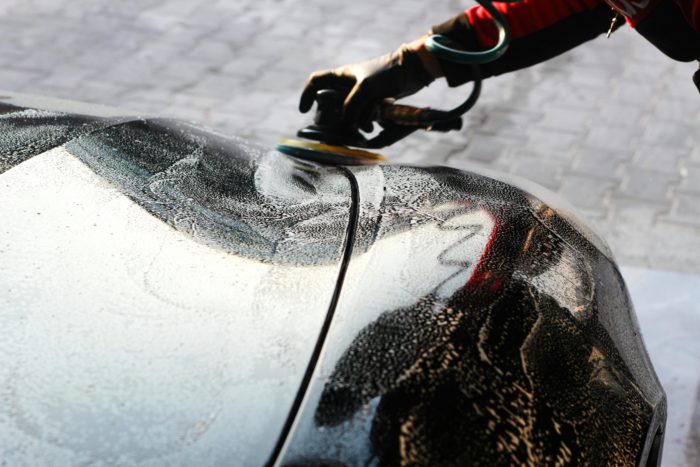Can You Paint Over Old Paint On A Car?

Yes, you can paint over old paint on a car, but the success of the new paint job depends significantly on the condition of the existing paint and the preparation process. Painting over old paint without proper preparation can lead to various problems, such as poor adhesion, bubbling, peeling, and an overall unattractive finish.
Here’s how to ensure the best results when painting over old paint…
Assess the Existing Paint
- Check for Damage – Look for any signs of rust, peeling, cracking, or bubbling in the old paint. These issues need to be addressed before applying new paint.
- Surface Cleanliness – The car’s surface must be thoroughly cleaned to remove dirt, grease, and other contaminants. This ensures the new paint adheres properly.
Prepare the Surface
- Sanding – Lightly sand the old paint to create a rough surface for the new paint to adhere to. This is for improving adhesion and achieving a smooth finish. Use fine-grit sandpaper and sand evenly across the surface.
- Repair Damages – Any dents, scratches, or rust spots should be repaired and smoothed out. This might involve sanding down to bare metal in some areas, applying filler, and then sanding the filler to match the car’s contours.
- Priming – Apply a primer over the sanded paint, especially if you’ve had to sand down to bare metal or use filler. Primer helps with adhesion and can improve the overall look of the final paint job. It also provides a uniform base for the new paint.
Painting
- Quality Paint – Use high-quality automotive paint that’s suitable for your car and the conditions it will face.
- Multiple Layers – Apply multiple thin layers of paint, allowing adequate drying time between each layer, rather than a single thick layer. This technique helps prevent runs and ensures even coverage.
Finishing Touches
- Clear Coat – Apply a clear coat over the paint if the paint you’re using requires it. The clear coat protects the paint and adds gloss.
- Buffing – After the paint and clear coat have fully cured, buff the surface to achieve a smooth, glossy finish.
Considerations
- While painting over old paint can be a cost-effective way to improve your car’s appearance, achieving a professional-looking finish requires patience, attention to detail, and practice.
- If the existing paint is in very poor condition or you’re looking for a showroom-quality finish, stripping the old paint and starting from bare metal might be the better option.
- Safety precautions, such as wearing a respirator mask, gloves, and safety glasses, to protect yourself from dust and fumes during the process.
Painting over old paint on a car is feasible, but the quality of the outcome largely depends on thorough preparation and careful application of the new paint.





